Chickens have an instinct to sit or rest above the ground to be away from the predators crawling on the ground. That’s when the roosting bars come.
Different breeds need different heights of roosts. For example, my Rhode Islands and Barred Ricks perch 24 inches off the ground and go up to 5 feet.
So, if you’re planning to build a nice and relaxing perching space for your birds, here are the best chicken roost ideas for you!
1. Classic Wooden Ladder Roost
This is simple and easy to make a roost for backyard chickens in the coop.
Wooden Ladder roost mimics natural perching instincts. It’s ideal to go with a 2′ X 4′ design for a small number of birds, which is also easy to work with.
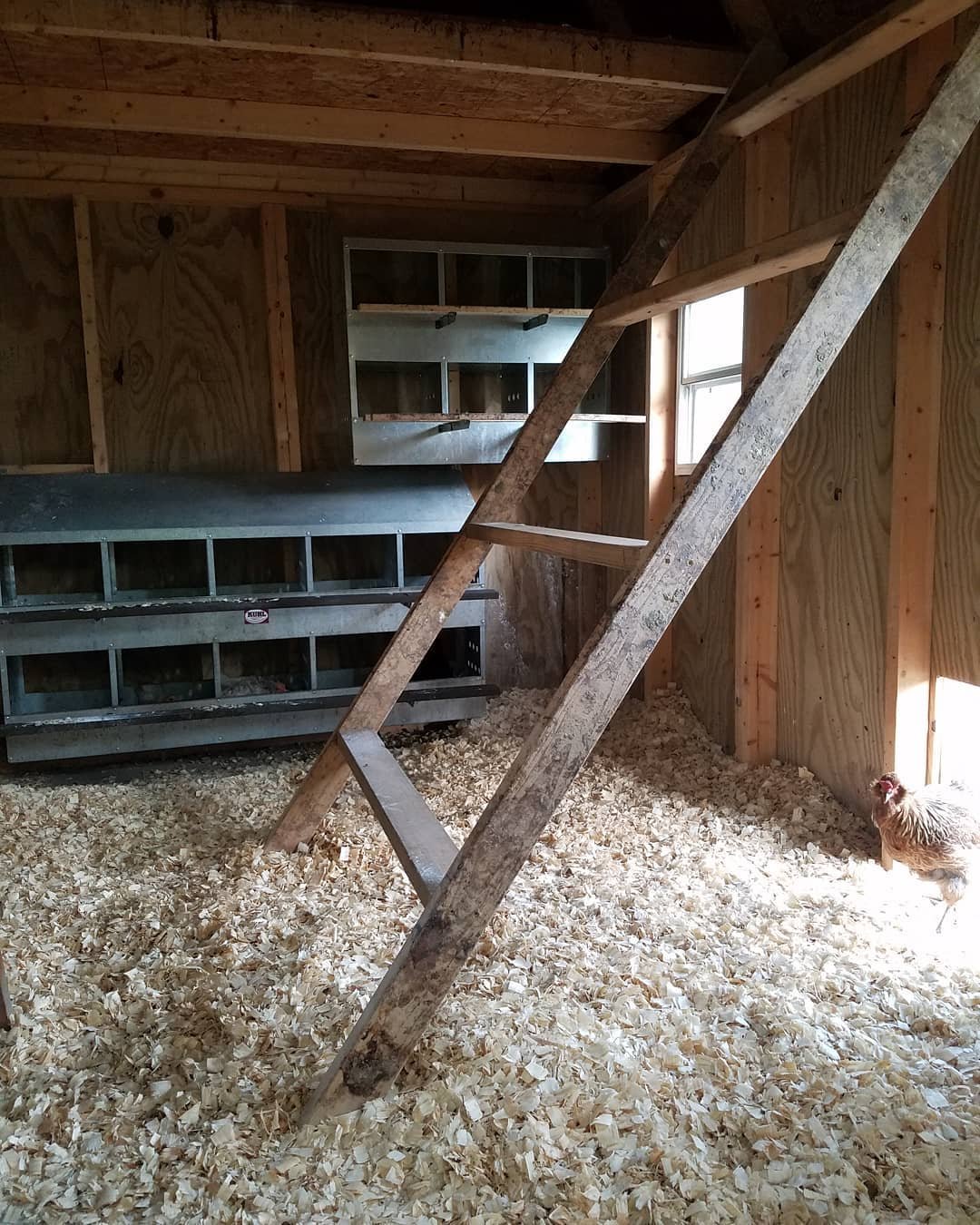
If you have little space, you can build a single ladder and place it over the wall for support.
Make sure that it is not steeper than 45 degrees. It will be easy to clean and rearrange if you make it clipable up to the roof.
Besides, you can design a double ladder with no support in a spacious coop. Both ends can withstand balance if designed well.
You can use materials such as old furniture, reclaimed wood, etc.
2. Wall-Mounted Roost Bars
Is your chicken coop small?
No, problem! Still, your chicken can enjoy roosting on the wall-mounted roost bars. It saves floor space and can be great for small coops.
If you raise small or bantam chickens, 2X4 will be an ideal option for a roost.
But don’t narrow it down as one of my silkies ended up developing a wound on her foot from the edges of the roost. Also, keep 6-8 inches of space between the roost and the wall.
To make this, you will need pine or poplar wood.
I recommend you add poop boards underneath those bars so your nest boxes don’t end up covered. You can also use plastic along the back wall for splatters.
This makes it easy for keepers to clean by replacing the plastic rather than trying to scrape off the wood.
3. Tree Branch Roosts
This is a free-of-cost roost idea. It gives aesthetic appeal and promotes natural behaviors of chickens.
But you need to select the right tree branches. They should be thick, strong, and freshly cut. Avoid the old and infested branches and those with excessive sap.
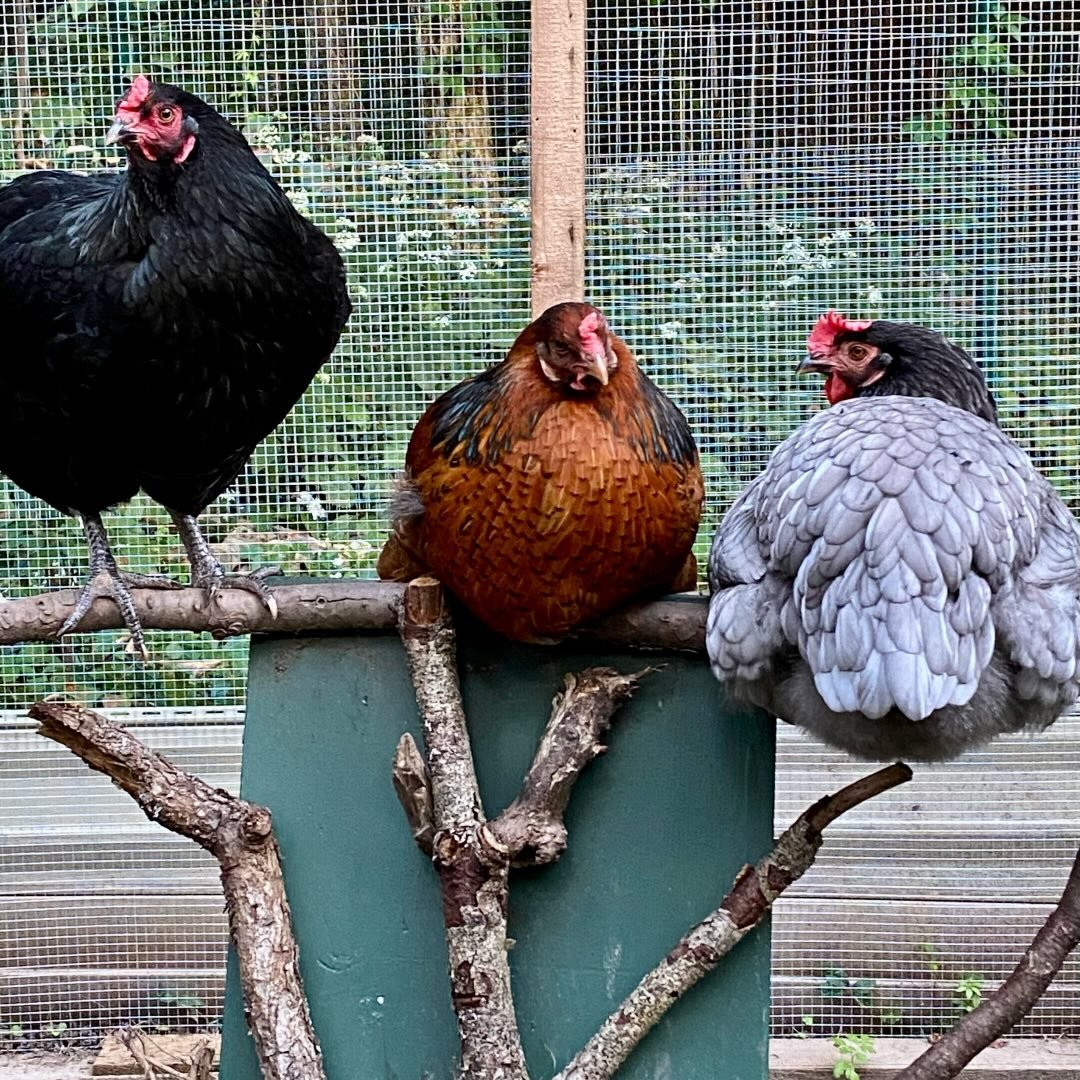
If you’re cautious, you can sand off all the branches.
Also, make sure the birds feel comfortable with their feet. I mean, branches should have foot-friendly and natural texture.
Besides, you can create a tree-like or bush-like structure in the coop to make your birds feel like they are in nature.
4. PVC Pipe Chicken Roost
PVC pipe is lightweight and washable, and is best suited for wet climates as it is rot-resistant. It also doesn’t attract parasites.
But it is too slick and slippery for chickens to sit on if wet.
So, you need to wrap it with strips of carpet and fasten with zipties. This provides birds with a grippable surface, and they’ll also be able to sleep well.
Non-skid adhesive sheets are helpful here.
5. A-Frame Roost Structure
A frame is ideal for mobile coops or deep litter systems. It also allows a big flock of birds at different heights.
Just like you design an A-frame for a coop, you need to build a frame for a perch. It looks like a two-way ladder or double-sided ladder.
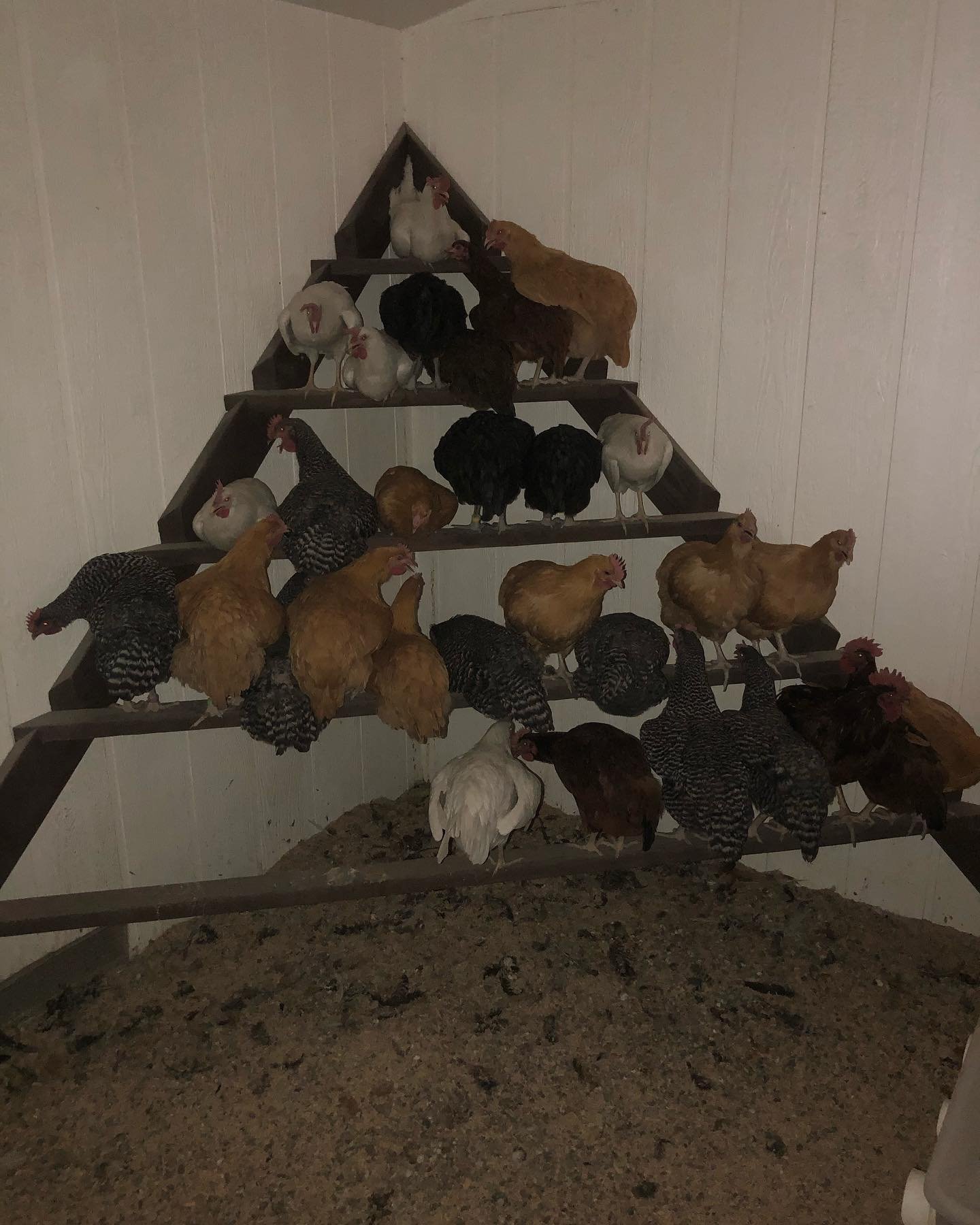
So, birds can see each other from both sides and enhance communication.
You can also add a swinging wooden piece hanging with the rope from the top of the frame. Your chickens will love that!
6. Foldable/Collapsible Roosts
It’s a great roost for seasonal cleaning or broody hens.
Also, those who have small or coop or space, can make roosts with hinges, brackets, and lock mechanisms at home.
This allows you to build multiple perches throughout the coop without using floor space. And, you bird flocks have enough room to roam around on the floor.
The roost is ideal for multi-purpose coops, such as feeding chickens and placing a nest box.
For this, you need to hinge the upper end of the perch to the wall and connect a rope to the floor end. Then, hand the rope with the support of the ceiling and knot it to an accessible place in the coop.
You loose the rope, the roost slowly lands on ground. You pull it, the roost goes up.
7. Corner-Mounted Roosts
Perches in the corner are space-saving and can be perfect for small or urban coops.
But it is hard for you to use a droppings board. Also, chickens cannot use the very ends of roosts well because of the slanted wall.
Here, the good news is that you can properly use the empty corners, and birds can feel much safer with the walls on two sides.

It helps avoid running a roost over the feeder and waterer. Also, this can help your birds survive in an awkward-to-ventilate coop in winter.
8. Roost with Poop Catching Tray
If your chickens are really messy and poops all over, install a roost with a poop board.
It promotes hygiene and helps reduce the ammonia smell, so you need not close your nose every time you enter the coop.
You can use plastic bins, metal trays, or old shelves for a poop tray under the perches. I have wooden trays with sand.
That tray, I think, should be at least 6.” The smaller one will hamper birds from walking under. So, you may want to have a kitty litter scoop and scoop out the new poop during the morning chores.
Make sure the tray or board is easy to access from the outside.
You can simply forego a tray altogether and put in a protective lining. Many keepers line the bottom and edges of the wooden coop with some smooth plastic.
9. Freestanding Roost
This is a signature perch that every chicken or poultry keeper uses in their farm and homestead, or at least a logo featuring a chicken and a roost with an arrow.
The freestanding roost stand is portable and has a modular design.
It can be best for deep litter setups or temporary shelters. You can place it whenever your birds pasture most of the time.
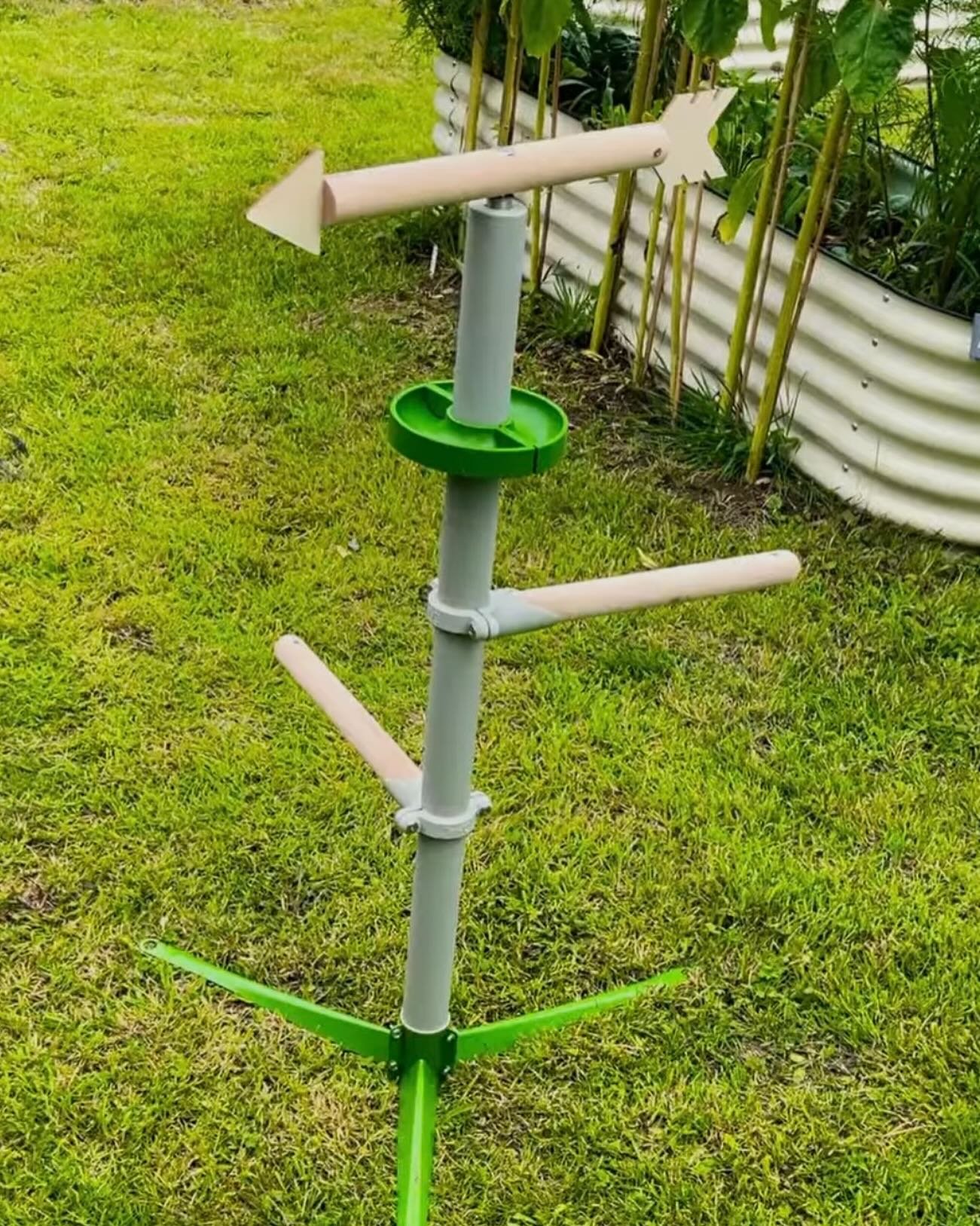
But I think it provides an aesthetic look in the backyard garden or outside of the coop.
The roost has a sturdy stand or pillar with stairs or perching frames around it at a considerable distance and direction. To work with this roost, you need to anchor the stand firmly on the ground, in a way that it can withstand the flock’s weight.
10. Multi-Level Roost
A multi-level roost or tiered perch is excellent for large flocks.
It also helps maintain the social hierarchy or pecking order in the flock. For example, lower-order birds (cockerels and pullets) sleep often on the lower roost while roosters and hens reign on the top.
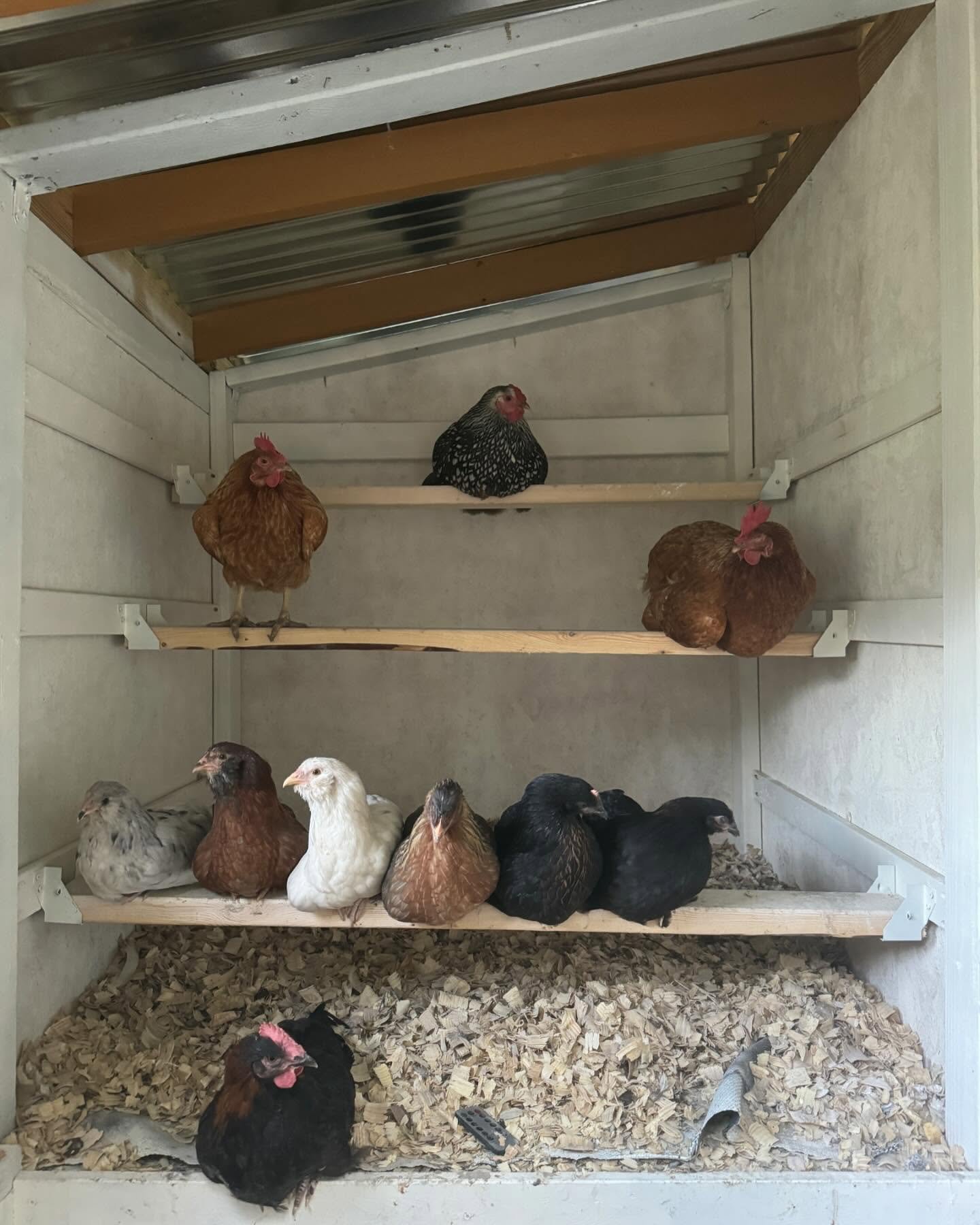
But don’t worry, the lowered flock doesn’t get covered with poops from above.
You can design 3 roosts in a stair-step fashion about 2-3 ft up from each level, with the highest roost near the ceiling. And the lower one begins about 3 ft off the ground.
Final Thoughts
Remember, chickens need enough space to fly up to their roosts and fly down without hitting the doors and walls.
So, you need to build or install the roosts above the nest boxes and below the winter ventilation.



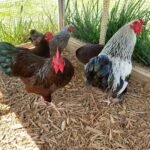


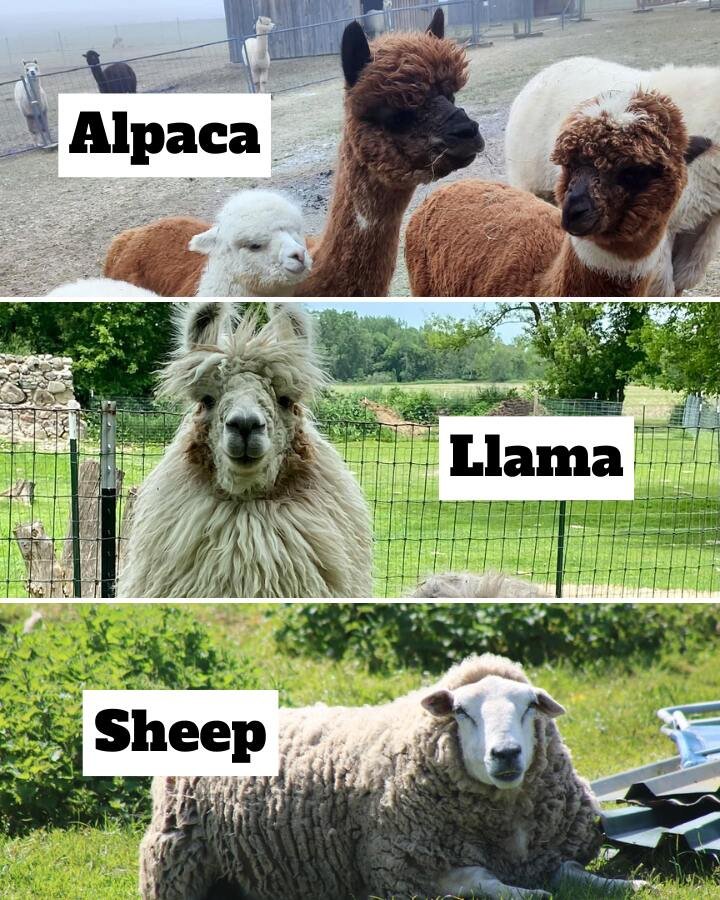

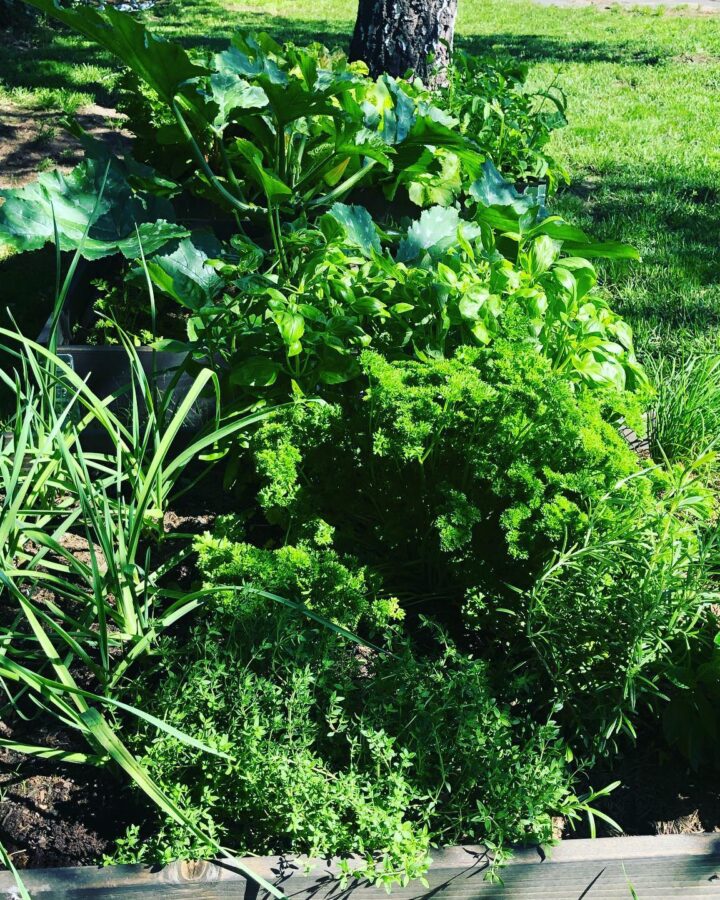
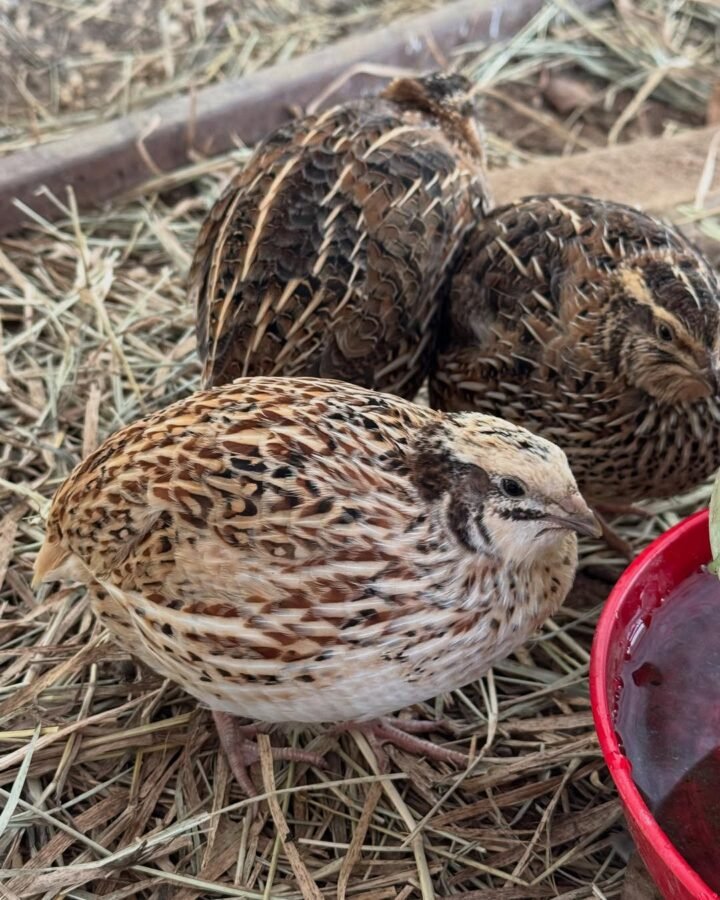
Leave a Reply